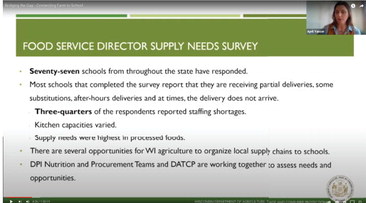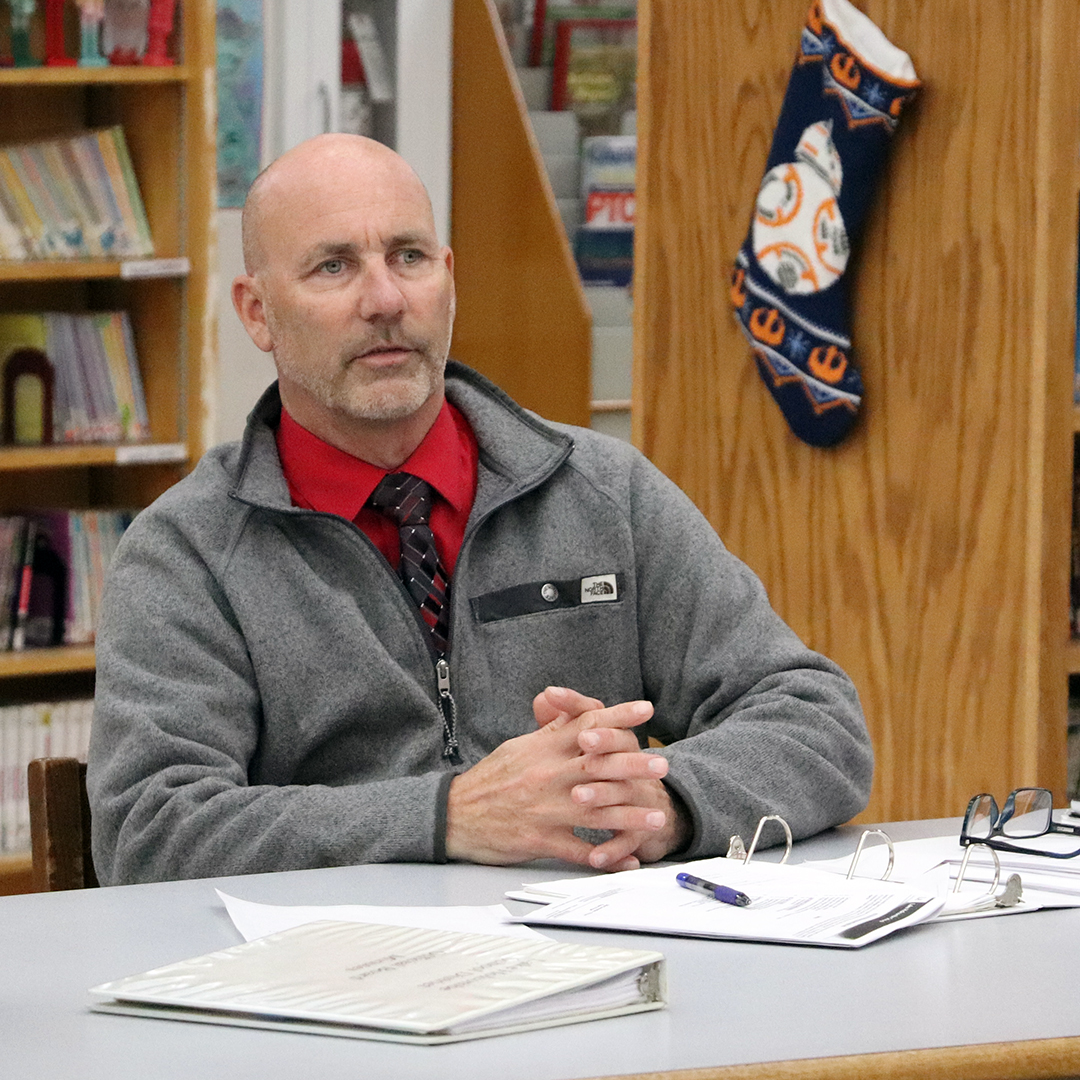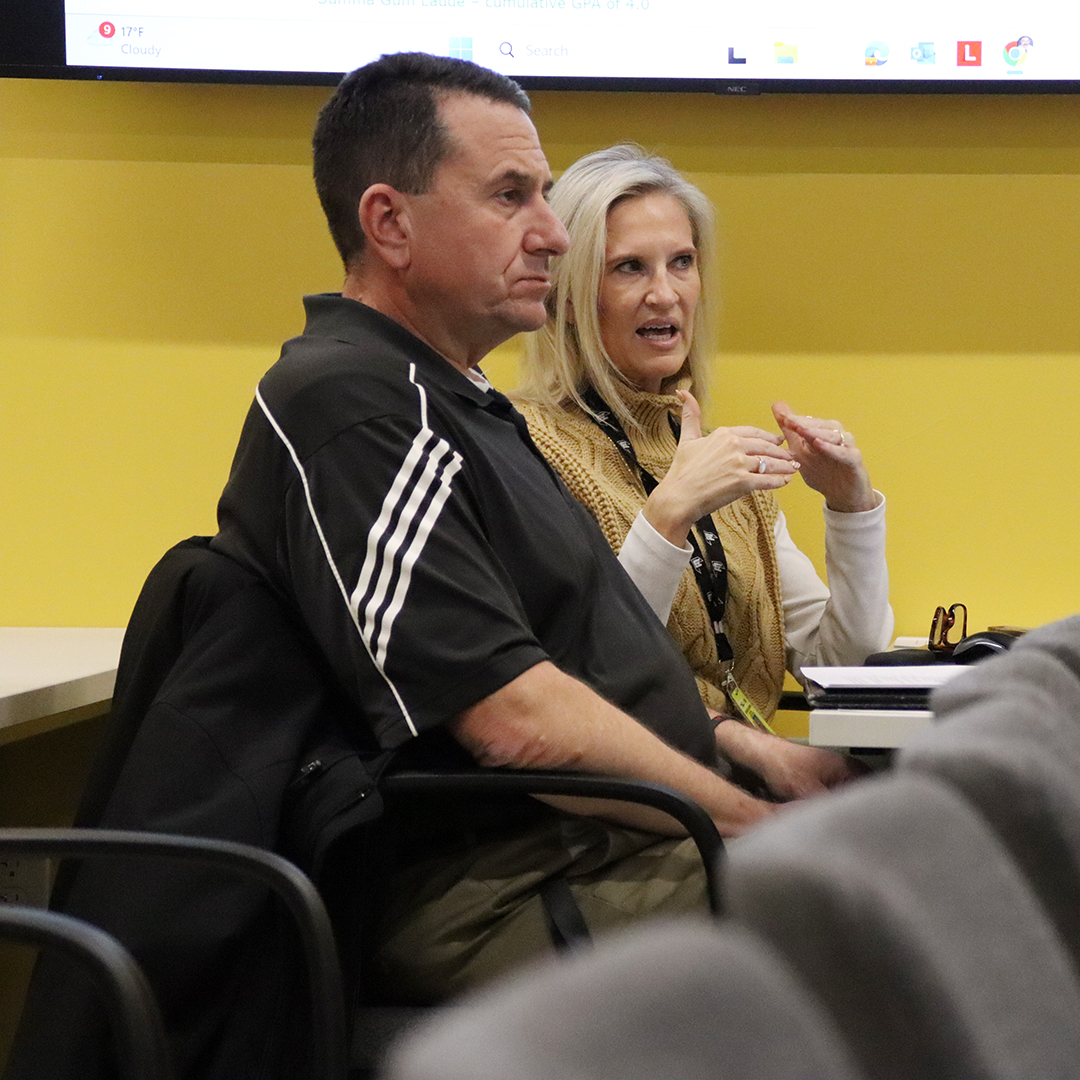Discussion looks to increase local factor in school meals


April Yancer, Wisconsin Farm to School coordinator at the Department of Agriculture, Trade and Consumer Protection, showed the results of a Food Service Directors Supply Needs Survey, ...




